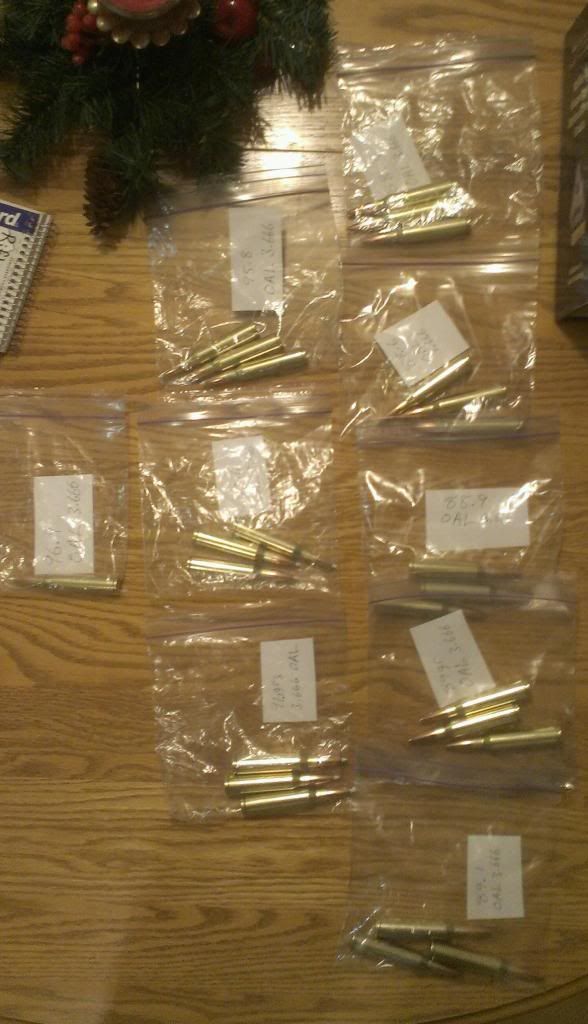There is a ton that goes into hit probability at extended distances, anything beyond 1000 yards. Having shot a better than fair amount at distance, on actual targets and not rocks and things on the side of a hill. I can tell you there is a lot of variables to consider.
The bullet choice, and muzzle velocity are just one part. (what most books talk about) Anything below 1300fps things go down hill rapidly. Predictability becomes questionable at best. You can model it, and say bullet X is better than bullet Y, but that doesn't tell the whole story. What is written in specs and on paper doesn't always translate to success in the real world. I have read one too many "advertisements" of great BCs then when we put the bullet to paper like we did at Gunsite recently, we see some never make it, others hit sideways. Yes we shot on paper at 1500m and the results hardly matched the hype in a lot of cases. People read, Bullet X is the best choice and then Bullet X lands sideways when we actually tried it.
The field conditions, terrain, wind, all play a major part of it. You cannot gauge the wind to within the necessary 1 MPH. Without that, your round isn't hitting, you can recite Spindrift numbers, CE factors, and it's all meaningless if you can't properly dope the wind. Beyond 1500m I use 1/2 of what the computers say, and inside 1500 don' t use any of the factors. In fact I keep that crap turned off and hit better than most. go figure.
The shooter, huge factor, consistency from shot to shot is crucial, any errors are magnified and not just by 1 MOA per 100... it multiplies by factors greater than 1. Closer to 2x per 100 after 1000. Sure a broken clock gets it right twice a day, but that is not what we are talking about.
If you cannot hit the target, personally, within 3 shots under any condition, your hit probability is 0 in my book. If it takes more than 3, you need to re-evaluate your training and work up. If you fired 20 shots at a target and only impacted 5 times, you failed. Pick a new bullet, new caliber, increase your muzzle velocity or take a class on the fundamentals of marksmanship. It's that simple.
To shoot the XLR Class at Gunsite, (a great example, and great training opportunity) you spend at least 3 days, truing your software, working up to distance and managing your shots so you can hit targets beyond 1500m. You start at 300m then go to 600, 800, 1200, and beyond. All with targets designed to help you manage the shots. Targets with watermarks so you can see if you are hitting high or low your intended point of impact. Muzzle velocity variations at distance can mean a miss from shot to shot so you need single digit SDs, your load now matters.
When people talk hit probability it usually means, 1st round hits... well here is the real world.
308 is an 800m cartridge under the best conditions. Sure you can use a 30"+ barrel, push a 155gr bullet to 3150 and it will work well to 1000 yards, but that is not field practical.
A 300WM is a 1250m cartridge, yes we have new bullets, and better powders, so you can see greater success, but practically speaking that is the rule of the thumb.
338LM is a 1500m cartridge, yes we can do very well with it beyond, but after 1500m even under great conditions, 2 to 3 rounds is minimum for any kind of measurable success.
That is on man sized targets. if you want to put a 6ft x 6ft target out there, then your hit probability will go up, but if you are talking in the field, Man sized at the most, the above is practical. Don't believe me, go out and shoot it for real, on targets and record every single round. The results may surprise you.


